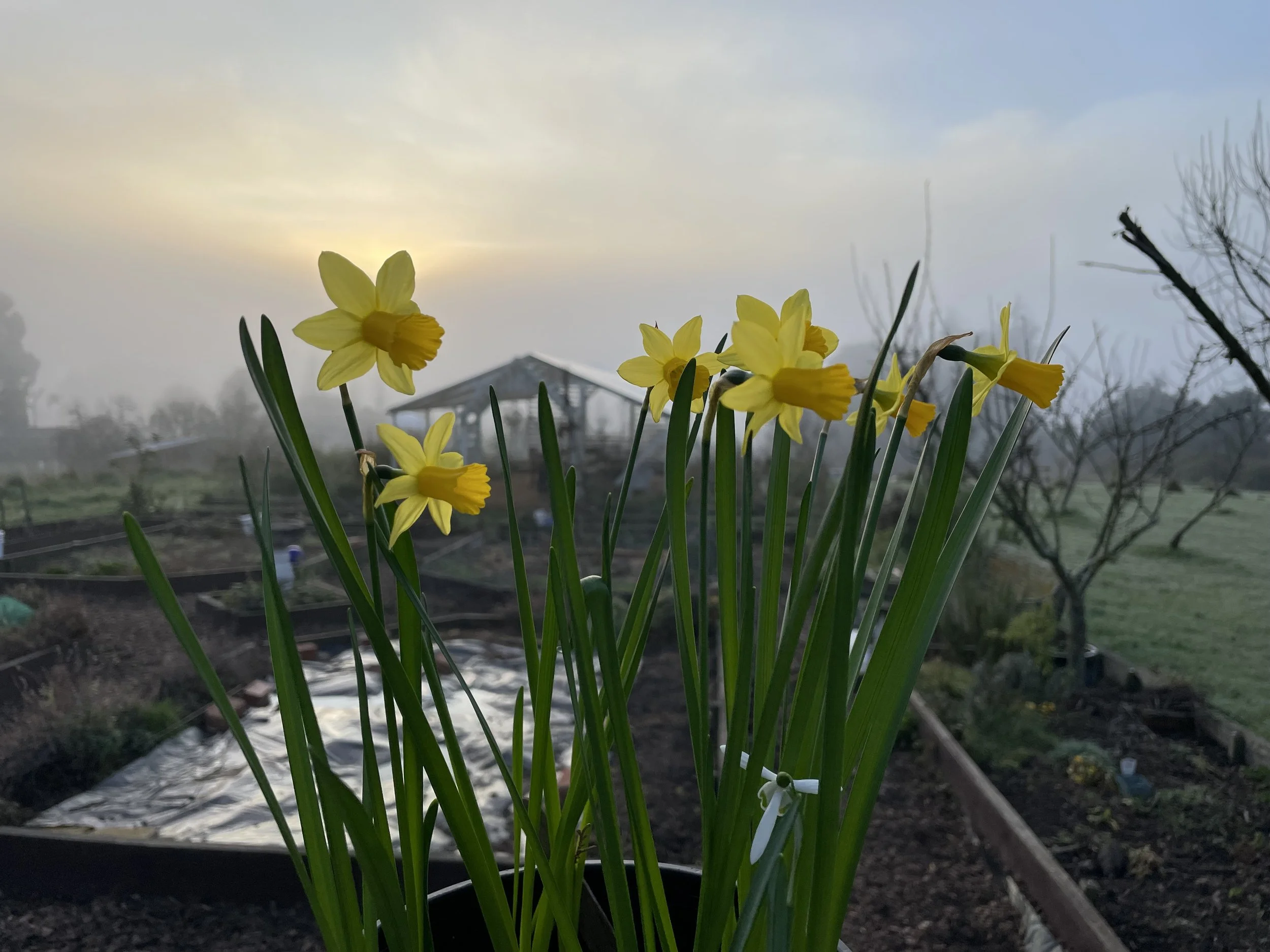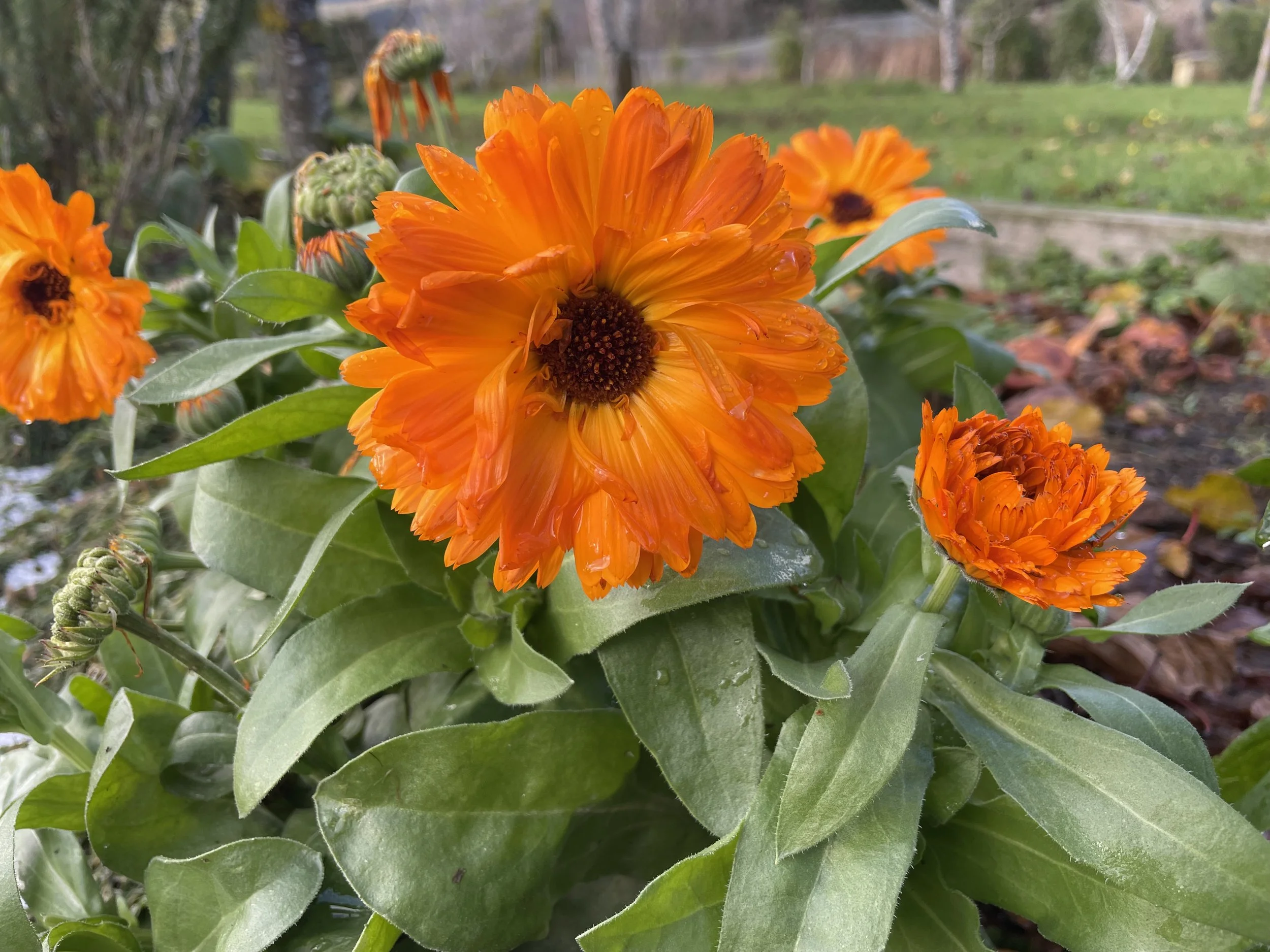Rhubarb Bubbly
Its not all about elderflowers this month (or you would be forgiven for thinking that if you are following my facebook page) For those of you who don’t have access to elderflowers, then why not try some rhubarb bubbly for Christmas? Most people have some rhubarb coming away in the garden and there’s only so much rhubarb crumble you can eat. So if you love the taste of rhubarb and want to show off your homesteading skills give this one a try. I have started creating pdfs of my recipes for you to download so you don’t have to you’re your phone open to read. Make sure you read all the notes in the blog as the recipe is just the ingredients and the method.
November in the Kitchen Garden
November has raced up out of the blur that has been 2025 and now here it is. The roses will be out this month, the bearded irises are bursting forth, the perennials are preparing to go off – and the weeds are clamoring to make their presence known as well. This time last year I was talking about how to avoid overwhelm in the garden. I have to remind myself every year as, like many of you, I am busy at work and don’t always get out into the garden and the weeds can get away on me.
September in the Kitchen Garden
Well – finally – a glimpse of spring is in the air! The sap is starting to rise in the trees and the urge to grow, sow and plant is rising in the hearts of gardeners all over the country. It is still a little early for a lot of vegetable plants but there are some we can start off sowing indoors in the hope that we can get a headstart on nature and get some early crops. There will still be cold days and frosts but take advantage of the lovely days and at least make sure your beds are all ready for the new season of planting!
August in the Kitchen Garden
It’s still winter here in the south with the promise of more cold conditions to come - so don’t be fooled by the occasional warm springlike days we will get this month. They do get the sap rising in both gardener and garden alike however, so it is okay to get excited about the new season. There’s always plenty to do, even if that may involved sitting in front of the fire planning, but planning is important to get the most our of ll the hard work we put into our gardens.
July:Planning Your New Season’s Vegetable Garden
Tips for getting started on planning your new season vegetable garden.
June in the Kitchen Garden
June has arrived and with it the beginning of winter proper. This is the month of the winter solstice where we experience the shortest day/night around the 21st of the month. We call it mid-winter but it’s really only the beginning of the 3 main winter months here in the southern part of the globe of June, July and August. Of course if you live on the other side of the equator it is the summer months.






